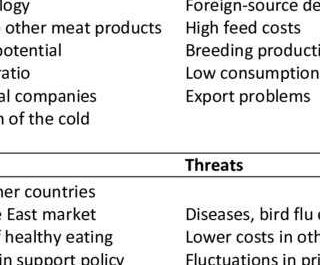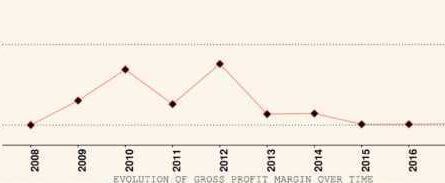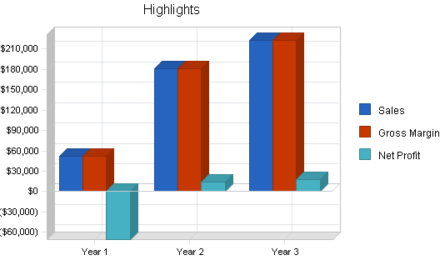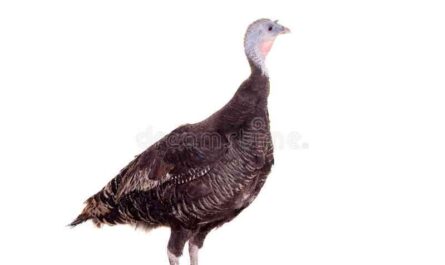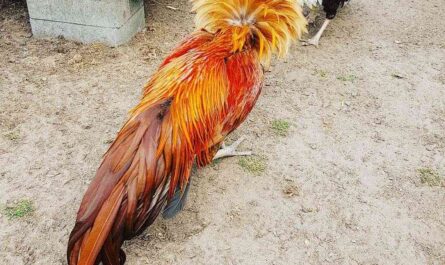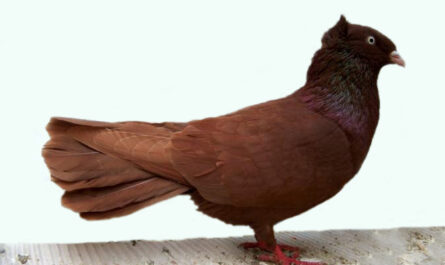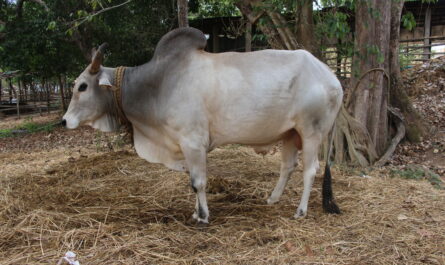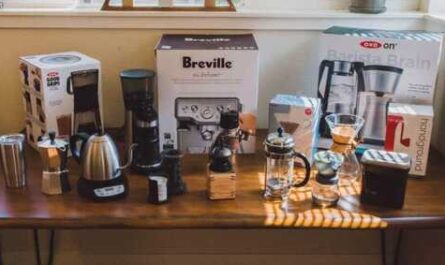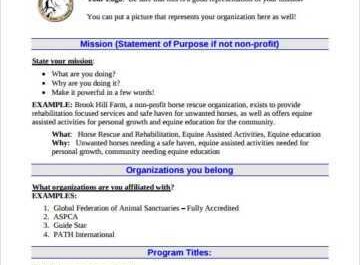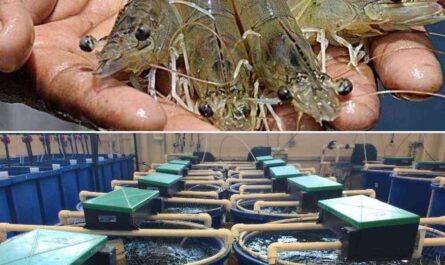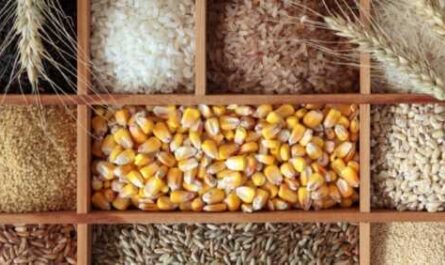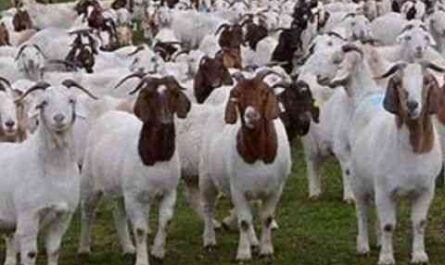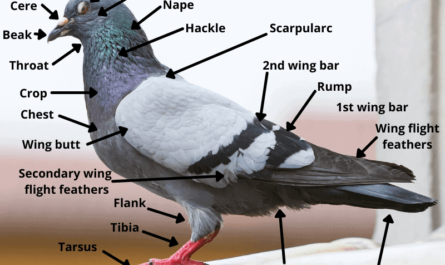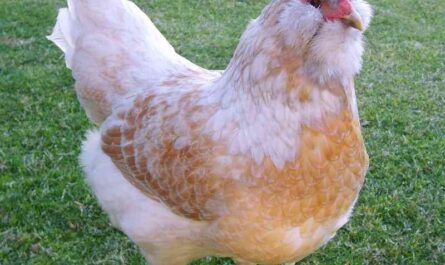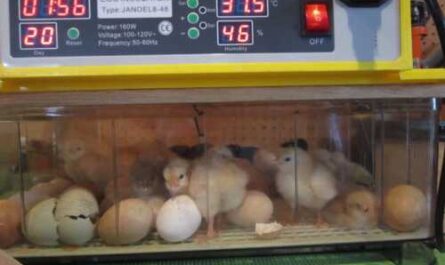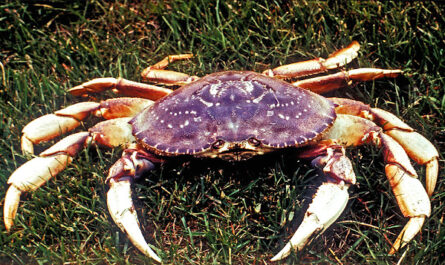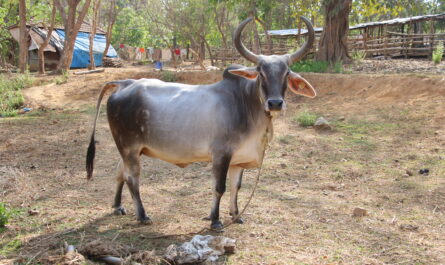Tilapia fish farming is a very profitable business, popular all over the world. It is a very common species of fish in the world and it is the most important species from an economic point of view.
Tilapia is actually the common name for nearly a hundred species of cichlids belonging to the colotilapine, coptodonine, heterotilapine, oreochromine, pelmatolapine, and tilapine tribes.
Tilapia fish generally have a laterally compressed deep body. Like other cichlids, their lower pharyngeal bones are fused into a single tooth-bearing structure. A complex set of muscles allows the upper and lower pharyngeal bones to be used as a second set of jaws for food processing, providing a division of labor between the “true jaws” (lower jaws) and the “pharyngeal jaws” [1].
This means they are efficient feeders that can capture and process a wide variety of foods.
The mouth of the tilapia fish is protruding, usually lined with wide, often swollen lips. The jaws have conical teeth.
Typically, tilapia fish have a long dorsal fin and lateral line that often breaks off toward the end of the dorsal fin and starts two or three rows of scales again below. Some Nile Tilapia fish can reach 2 feet.
Currently, tilapia fish is available all over the world. They are able to adapt to a very wide range of conditions.
In 2002, tilapia was the fourth most consumed fish in the United States. The main reasons for this popularity of this fish: low price, ease of preparation and mild taste.
And tilapia has become the third most important fish in aquaculture after carp and salmon. In 1.5, global production exceeded 2002 million metric tons and is growing every year.
Due to the high protein content, large size, rapid growth rate and palatability of tilapia, they are the focus of aquaculture efforts. Currently, commercial tilapia farming is a very popular activity in most parts of the world.
health benefits of tilapia fish
Tilapia fish is a lean source of protein as well as a good source of various vitamins and minerals. A 100 gram serving contains 26 grams of protein and only 128 calories.
Tilapia is an excellent source of certain minerals and vitamins. It is rich in niacin, vitamin B12, phosphorus, selenium and potassium. However, a 100 gram serving contains the following:
- Calories: 128
- Carbohydrates: 0 grams
- Protein: 26 grams
- Fat: 3 grams
- Niacin: 24% of the recommended daily intake.
- Vitamin B12: 31% of the recommended daily allowances.
- Phosphorus: 20% of the recommended daily intake.
- Selenium: 78% of the recommended daily allowances.
- Potassium: 20% of the recommended daily allowances.
However, here we try to describe more information about the health benefits of eating tilapia fish.
- Tilapia contains far less omega-3s than other fish like salmon. Its omega-6 to omega-3 ratio is higher than some other fish and may contribute to inflammation in the body.
- If best practices are followed when farming tilapia, it can be an excellent fish that you can enjoy on a regular basis.
- Omega-3 fatty acids in tilapia fish have been linked to a lower risk of heart disease.
- Omega-3 fatty acids are also good for the brain.
- Eating tilapia fish is good for bone health as it is high in phosphorus.
- Tilapia fish is rich in the antioxidant selenium, which has many health benefits.
- However, you can enjoy fresh and safe tilapia if you start growing it yourself.
Benefits of Tilapia Farming
Tilapia fish farming is very common all over the world. It is a very profitable business. However, there are many advantages to starting tilapia culture. Here we try to describe the main advantages of this company.
- The main advantage of tilapia fish farming is the ease of management of this activity. Breeding this fish is very simple.
- Tilapia fish is in high demand in domestic and international markets.
- Tilapia fish can adapt to a wide variety of climates. You can even start growing tilapia in your small, unused garden pond.
- Tilapia fish grow very quickly. This is another reason why many people breed this fish.
- In 2002, tilapia was the fourth most consumed fish in the United States. It has now become the third most important fish in aquaculture.
- Tilapia fish is very nutritious and tasty.
- You don’t have to worry about selling tilapia fish. Because this fish has a very good market demand.
- Commercial tilapia farming is very profitable and you can start commercial or small-scale production.
- And commercial tilapia farming can be good business for the unemployed and the educated.
- Tilapia fingerlings, feed and all other necessary items and supplies are available worldwide. So, if you start this business, you will have no problem.
- Eating tilapia fish has many health benefits. And you can enjoy fresh tilapia if you start growing it yourself.
How to Start Raising Tilapia Fish
It is very easy and simple to start farming tilapia fish. Tilapia is a fast growing fish species and disease and other problems are relatively rare.
It doesn’t take a lot of knowledge to start this business, even beginners can start growing it too. However, here we try to describe more information about the commercial production of tilapia.
Choose a good place
First, you need to choose a very good location for your farm. It would be preferable if the selected land is located away from the residential area. It will be good to choose a quiet place where there is no noise.
Define the production system
After choosing a good site, determine the culture systems for tilapia. You can start growing tilapia in a wide variety of conditions. You can start raising tilapia fish in ponds, aviaries, gutters and also in aquariums.
Nowadays, some people also breed this fish in garbage cans. But for industrial production, you need to choose either basins or tanks.
The exact number of ponds or tanks for commercial tilapia culture depends on your budget. It can be one or more reservoirs or reservoirs.
Pond or reservoirs
You can start raising tilapia fish either in an earthen pond or in aquariums. Tanks or ponds can be any size and shape depending on your budget.
In the case of growing tilapia in an earthen tank, the size can be any. But the depth should be about 1.2 meters.
Contact a specialist in your area if you want to start raising tilapia in the aquarium.
Ideal conditions
In the wild, tilapia are found in ponds, lakes, marine habitats, streams, estuaries, and marine environments. They generally grow well in tropical conditions with water temperatures of 25°C to 30°C. Some varieties can also tolerate low temperatures of 8°C to 9°C.
Water quality control is very important for commercial tilapia farming. Tilapia fish can survive in dirty water. But you don’t want to keep harmful or poisonous fish on your farm, do you?
Bacteria, viruses, pathogens and other infectious organisms are harmful to the human body. So you should avoid dirty water. Always make sure you have good quality fresh water.
The best types of tilapia
There are many types of tilapia in the world. But not all of these species are suitable for commercial production. Some common, popular and economically important types of tilapia are:
- Abbassa and Akosomb: Nile tilapia hybrid
- Anderson: Delicious. In fact, the best taste with a small head.
- Blue tilapia: Reach a body weight of 2 to 4 pounds in a year.
- Monosex Tilapia: It’s actually a hybrid. It grows very fast, you can grow twice a year.
- Mozambican Tilapia: These tilapias cannot grow in cold or salt water. They can reach more than 2 pounds per year.
- Nile Tilapia: The growth rate is good. The fish grow to about 1 to 2 pounds in five to seven months.
- Hike: It is an attractive species for fish farming and mainly herbivorous.
Planting density
How many fish can I store in my pond? This is a very common question, especially for people who want to start their own business. Let’s explain this.
Suppose you have a pond 40 meters long and 20 meters wide, and the water depth is 1.2 meters. Such a pond contains about 960 cubic meters of water.
Now you can store about 10 tilapias per cubic meter. Thus, your pond of 800 square meters and 1.2 meters deep is ideal for the storage and breeding of 9,600 tilapias.
some products
It is very important to feed the fish very high quality and nutritious food. The exact amount of food can vary depending on species, growing conditions, and many other factors.
On average, commercial production requires 1.7 kg of feed to produce and harvest 1 kg of meat.
Currently, many companies produce commercial feed for farmers. You can use these commercial feeds for better production.
Although you can feed the fish homemade pellets. You can use rice bran, oatmeal, corn, canola meal, alfalfa meal, flaxseed meal, and some vegetables.
reproduction
Tilapia fish are naturally very good breeders. They will reproduce and produce young easily if you give them the opportunity.
Care
Caring for your fish is very important for good growth and maximum productivity. Along with giving them quality food, always try to take good care of them. Try to maintain water quality. Also check their health regularly.
Harvest
You can count on catching fish when it reaches harvest weight. It’s really impossible to tell the exact time, it depends on the species and some other factors.
For larger species, you can start collecting when the fish reaches a weight of around 400 grams. You can use normal fishing methods to catch all fish.
Once harvested, sort the fish by size. And try to sell as soon as possible. Live tilapias are in high demand.
Marketing
Selling tilapia fish is very easy as it sells well all over the world. This way you don’t have to worry too much about marketing. You may be able to easily sell your products in the local market.
These are the steps and ways to successfully start and run a tilapia fish farming business. I hope this guide has helped you! Good luck and God bless you!
video

